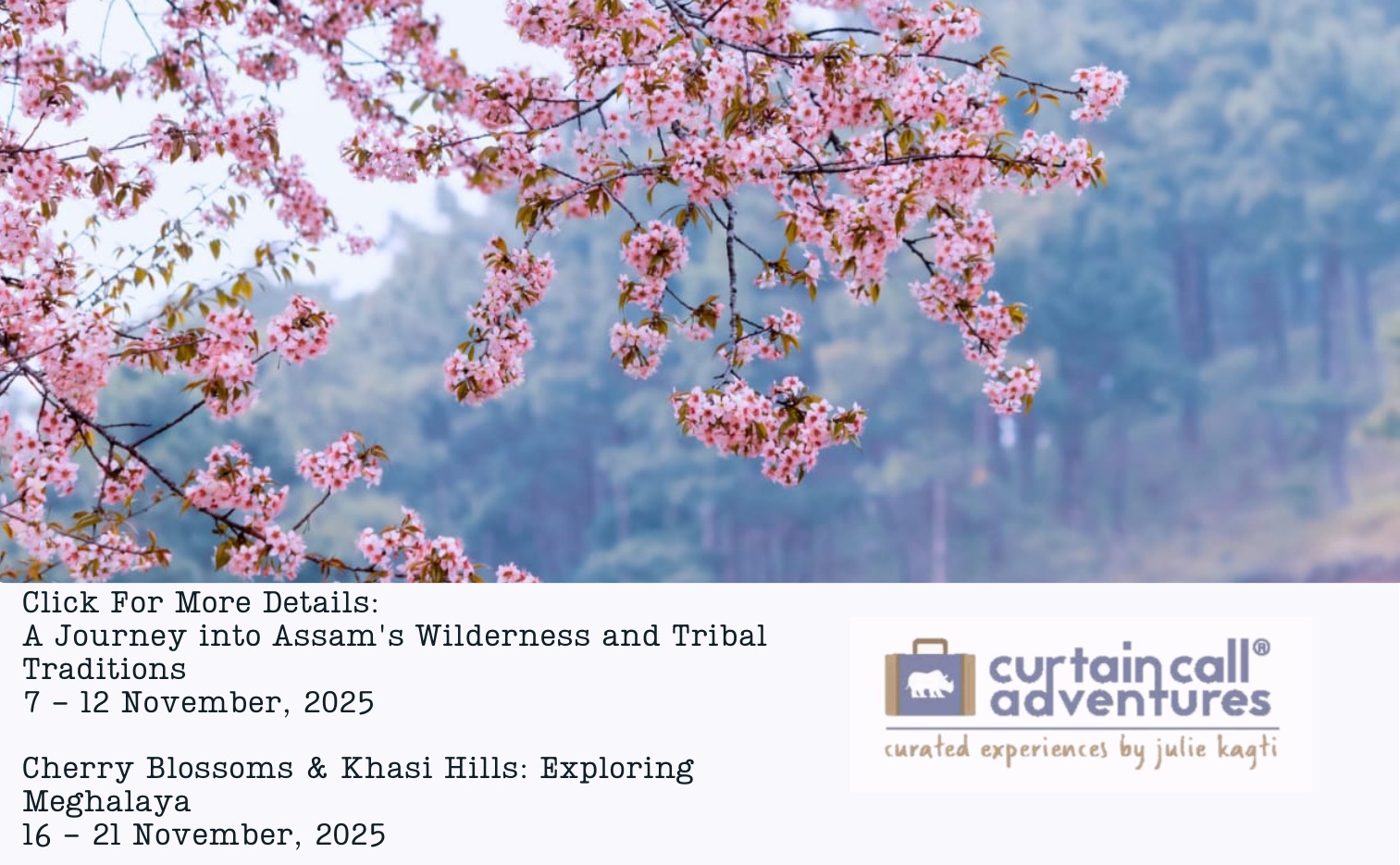— an elegant, practical guide to road travel in Northeast India tailored for luxury travellers who value comfort, safety and authentic access.
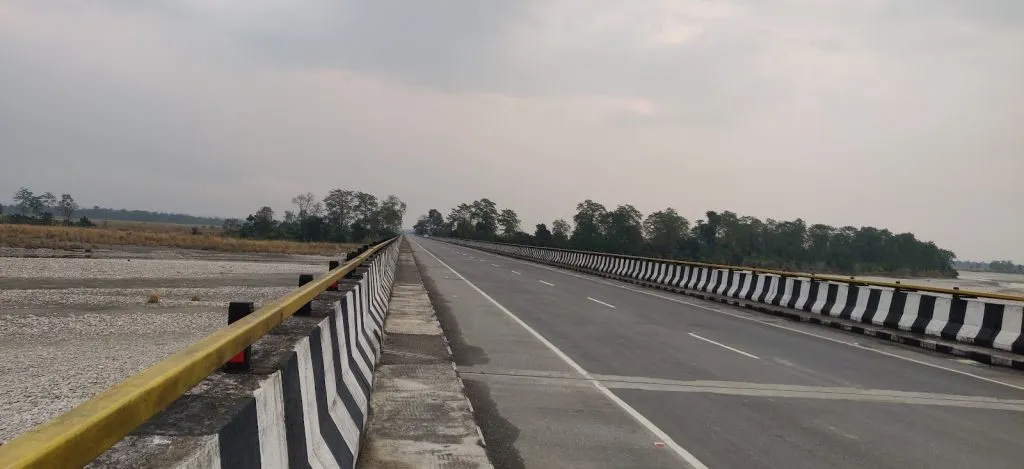
Driving through the Northeast is as much a sensorial journey as it is a logistical one: hairpin roads that climb into cloud forest, tea estates that spill across slopes, and rivers that demand ferry crossings. For travellers seeking a refined road experience—private drivers, curated stops and discreet comforts—attention to a few practical details will transform a good trip into an unforgettable one.
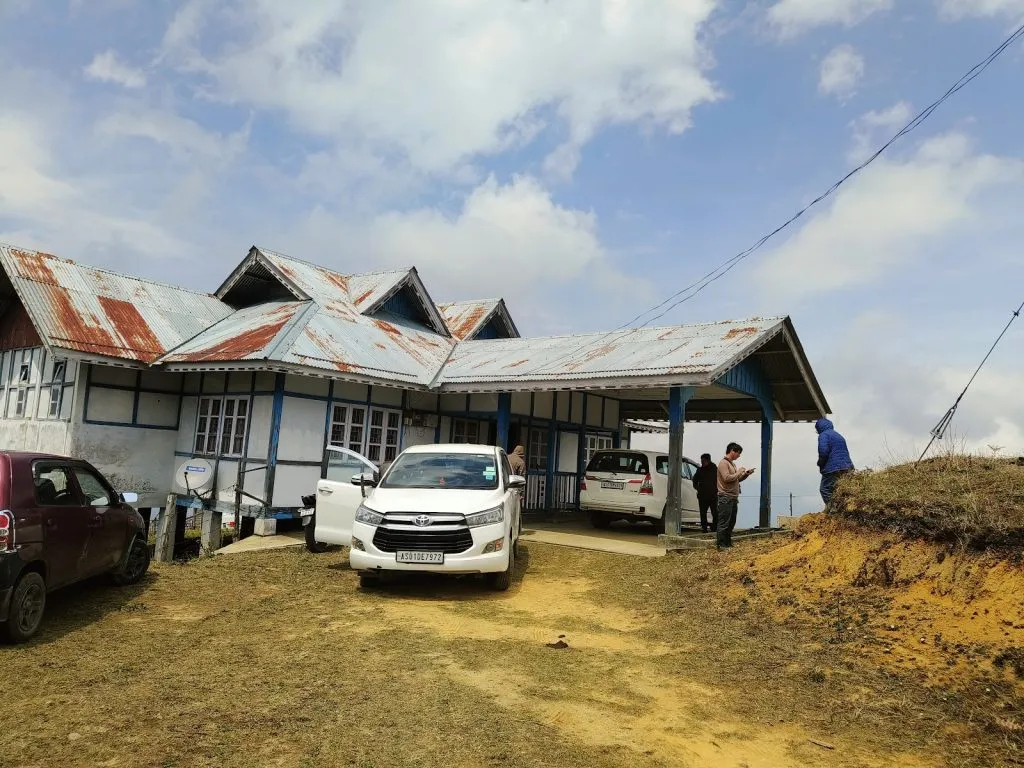
Before you go
– Choose the right vehicle: Opt for a high-clearance SUV or a 4×4 with experienced drivers familiar with mountain and monsoon conditions. Luxury travellers may prefer vehicles fitted with leather seating, climate control and on-board Wi‑Fi.
– Secure permits and paperwork: Several states (e.g., Arunachal Pradesh, parts of Nagaland and Mizoram) require Inner Line Permits or restricted area passes. Your operator should obtain these in advance; keep photocopies of passports, visas and vehicle papers readily accessible.
– Time your travel: Avoid the heavy monsoon (typically June–September) when landslides and flooded lowlands are common. Best windows are post-monsoon (October–December) for clear skies and spring (March–May) for blooms and pleasant temperatures.
– Insurance and roadside support: Ensure your vehicle and personal travel insurance include emergency evacuation and mountain rescue where applicable. Contracted support or a local roadside-assistance plan is highly recommended.
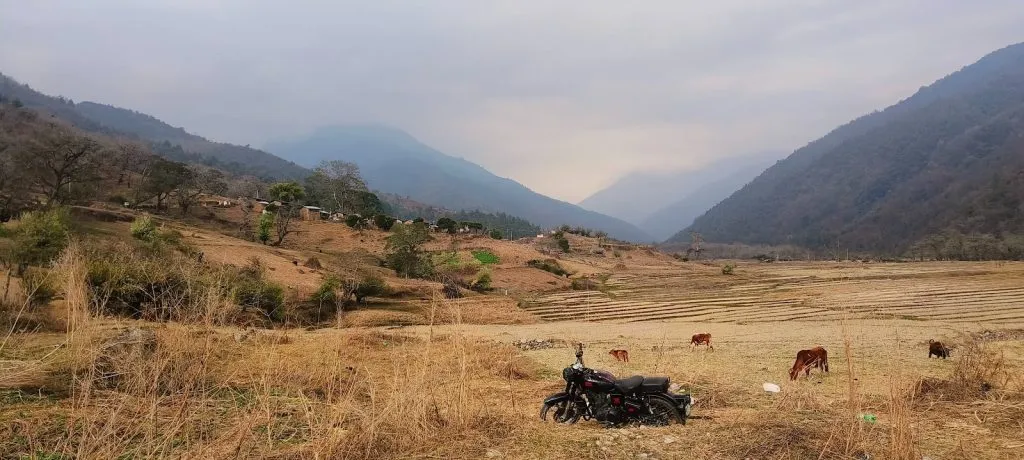
On the road
– Hire local expertise: Pair a knowledgeable driver with a private guide who can explain ecology, culture and logistics—this is the fastest route to discreet, meaningful access and safer passage on remote stretches.
– Respect daylight driving: Plan longer legs during daylight; remote roads and river crossings are far less predictable at night. Adjust daily distances to allow time for unplanned stops—photography, village visits or a roadside tea ceremony.
– Fuel and spares: Fuel stations are sparse outside major towns. Top off tanks whenever you can and carry extra diesel/gas safely stored. Carry a well-equipped vehicle toolkit, a full-size spare, tire repair kit and a portable air pump.
– Connectivity and navigation: Mobile coverage is patchy. Download offline maps (e.g., Google Maps offline areas or Maps.me) and maintain a local SIM for better regional coverage. Share your daily route with a contact and confirm nightly accommodation in advance.
– Road etiquette and safety: Mountain driving etiquette is cooperative—slow on corners, signal emphatically, and give way on narrow stretches. Respect wildlife crossings and never attempt risky overtakes on blind curves.

Comfort and convenience
– Curate rest stops: Plan breaks at private estates, boutique lodges or community-run homestays that offer clean facilities and refined service. Luxury travellers should prioritize properties that accommodate late arrivals and provide on-the-road refreshments.
– Pack smart: Layered clothing (light base layers, warm mid-layers, a waterproof outer shell), sturdy shoes, a compact First‑Aid kit, insect repellent, sunscreen, binoculars, and a daypack. Include a power bank, international adapter and copies of essential documents.
– Dining on the go: Choose vetted local kitchens or private picnic setups prepared by lodge chefs. Avoid risky street food in remote regions; prefer high-quality, locally sourced menus that support community suppliers.

Cultural and environmental care
– Respect local customs: Many communities have sacred sites and protocols—ask your guide before photographing or entering homes. Dress modestly for village visits and accept gifts or invitations with gratitude.
– Travel sustainably: Minimize single-use plastics, compost or carry out waste where possible, and prioritize operators who contribute to local conservation and craft programmes. Small decisions—reusable water bottles, guided walks on marked trails—have outsized impact in fragile ecosystems.
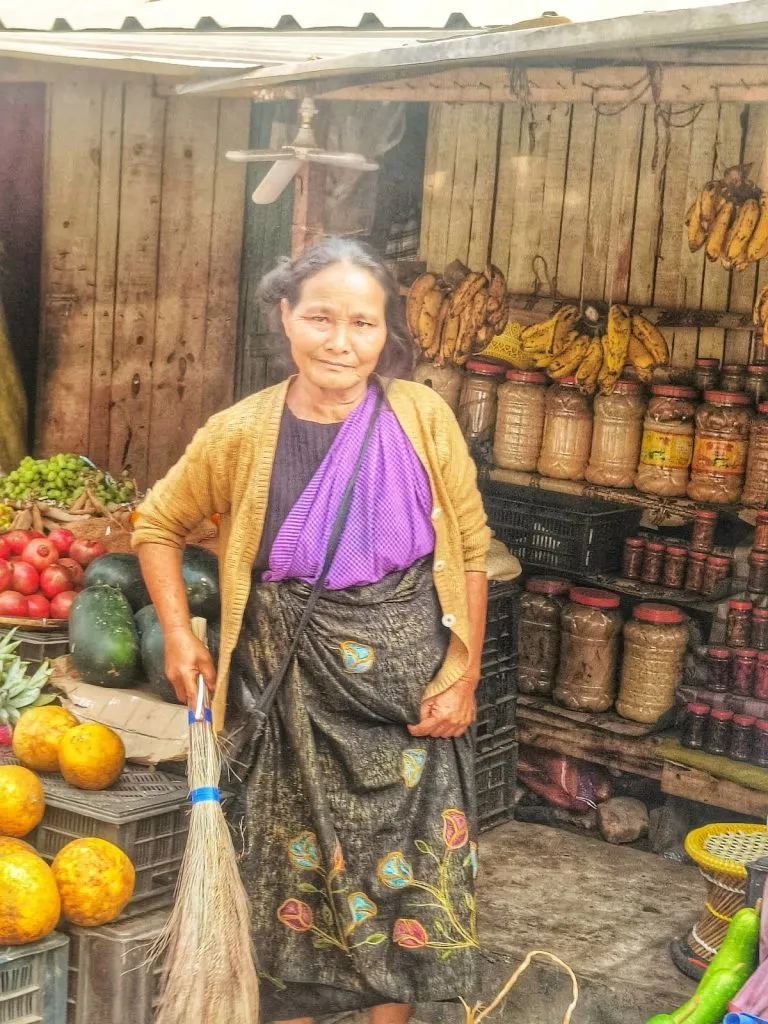
Emergency planning
– Know nearest facilities: Identify the nearest hospital or evacuation point for each leg of your route. Carry emergency contact numbers, including your embassy, local police and your operator’s 24/7 line.
– Health precautions: If travelling to high-altitude areas, allow for acclimatization days. Stay up to date on routine vaccinations and consult travel medicine specialists for region-specific advice.
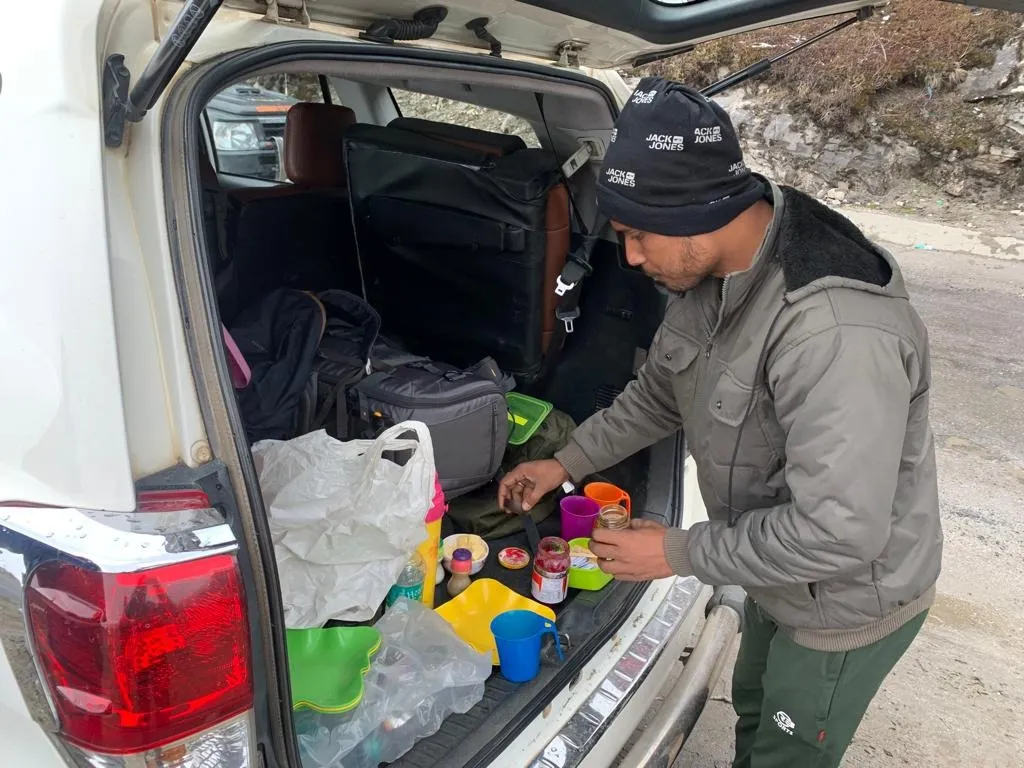
Final note
A well-planned road trip in Northeast India rewards the patient traveller with intimate encounters, private discoveries and landscapes that seem to evolve with every turn. For luxury travellers the difference lies in the details—carefully chosen vehicles and drivers, discreetly curated stops, and an expert who can turn long drives into a living narrative of culture and nature.
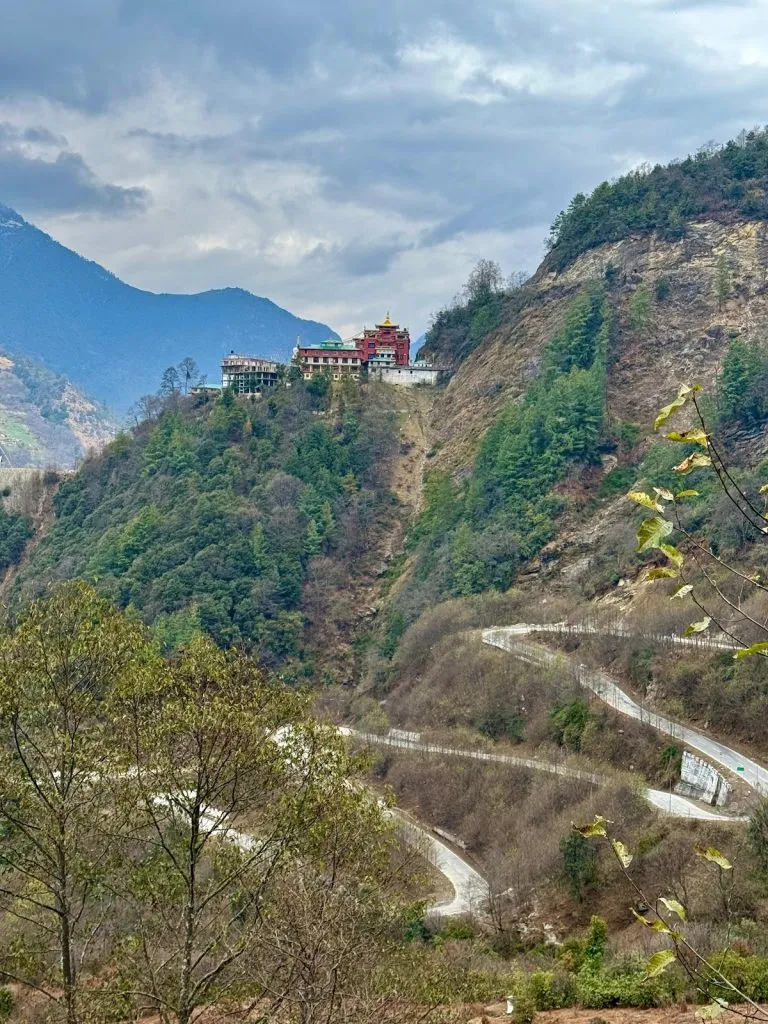
If you would like, do reach out to us to tailor make a luxury road itinerary (3–10 days) focused on tea estates, cloudforests, or heritage craft circuits and include exact driving times, comfortable lodges, hotels and experts to guide you. A truly memorable holiday in the east!


